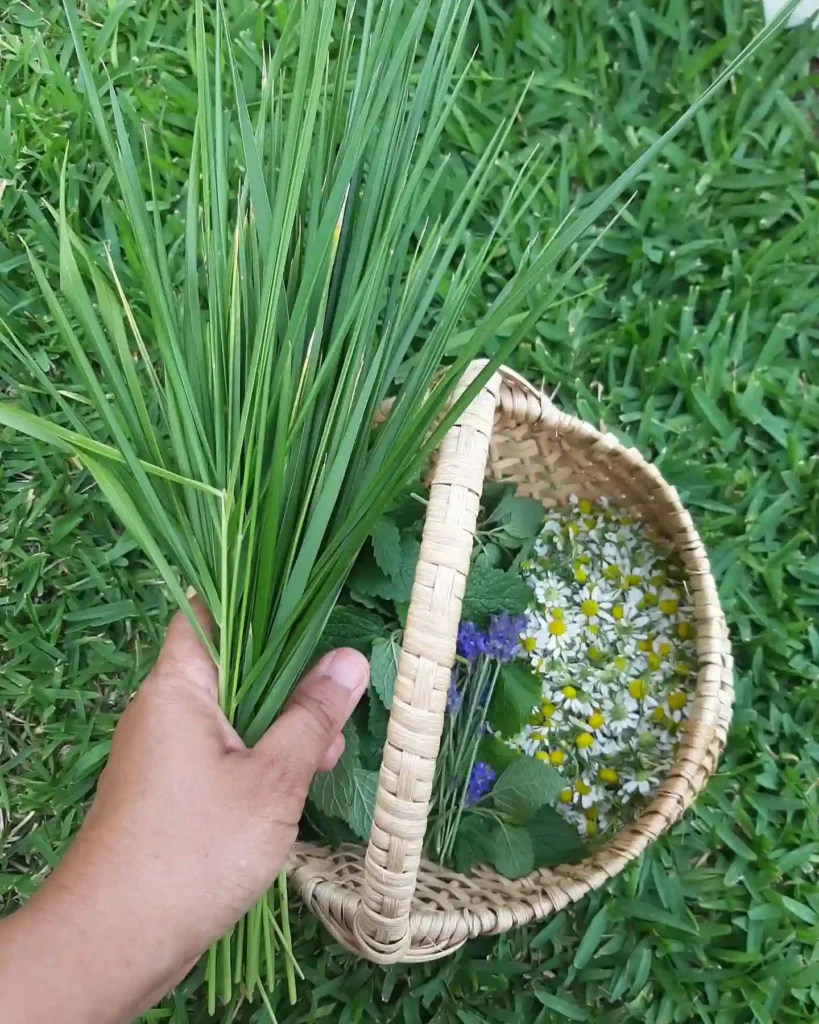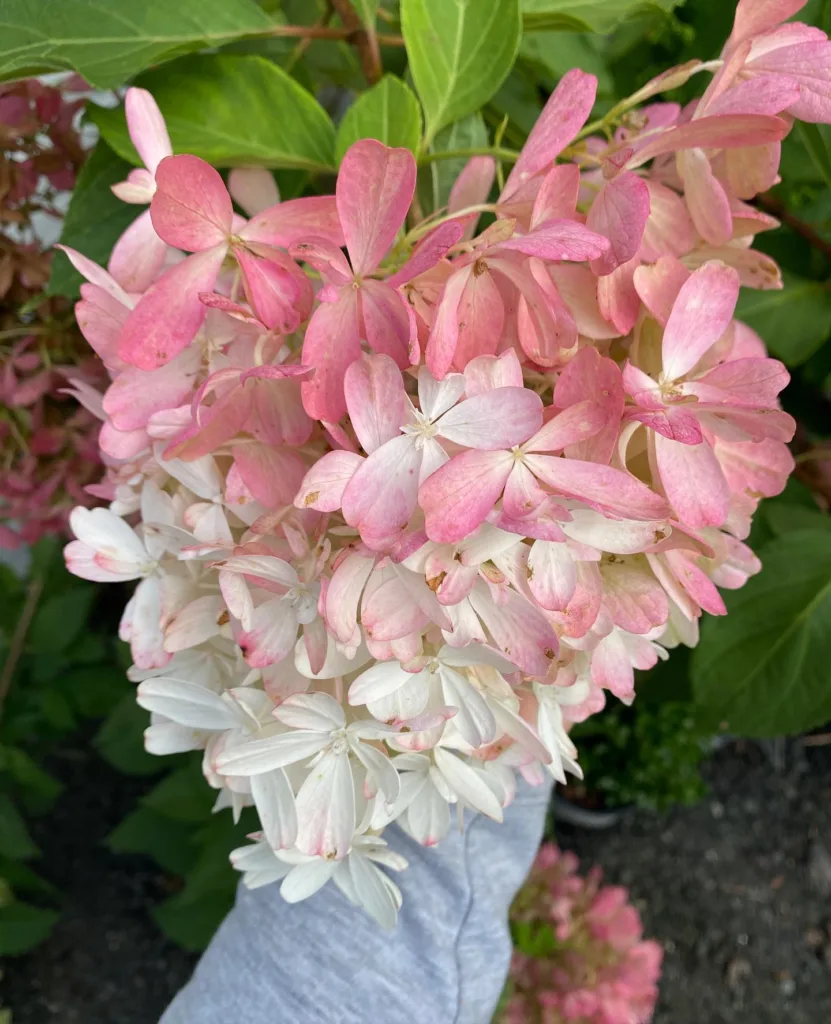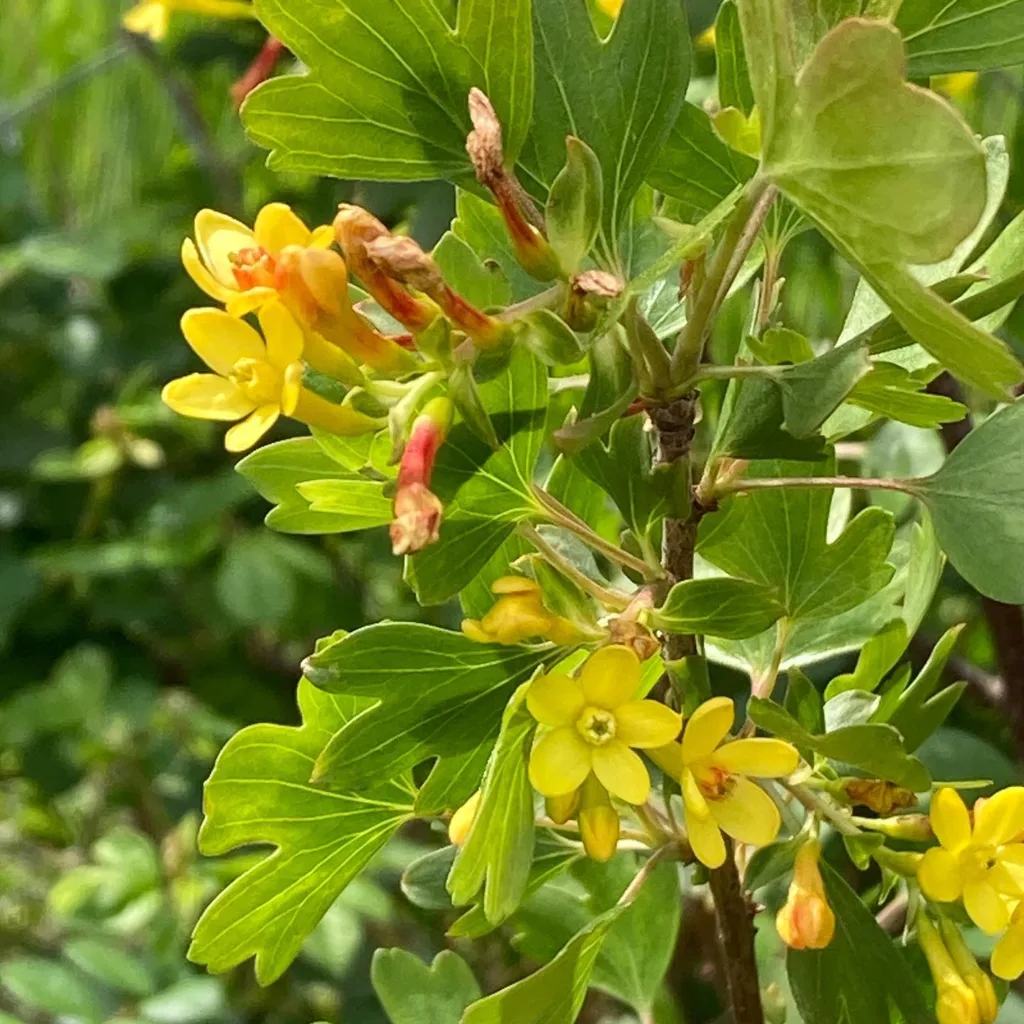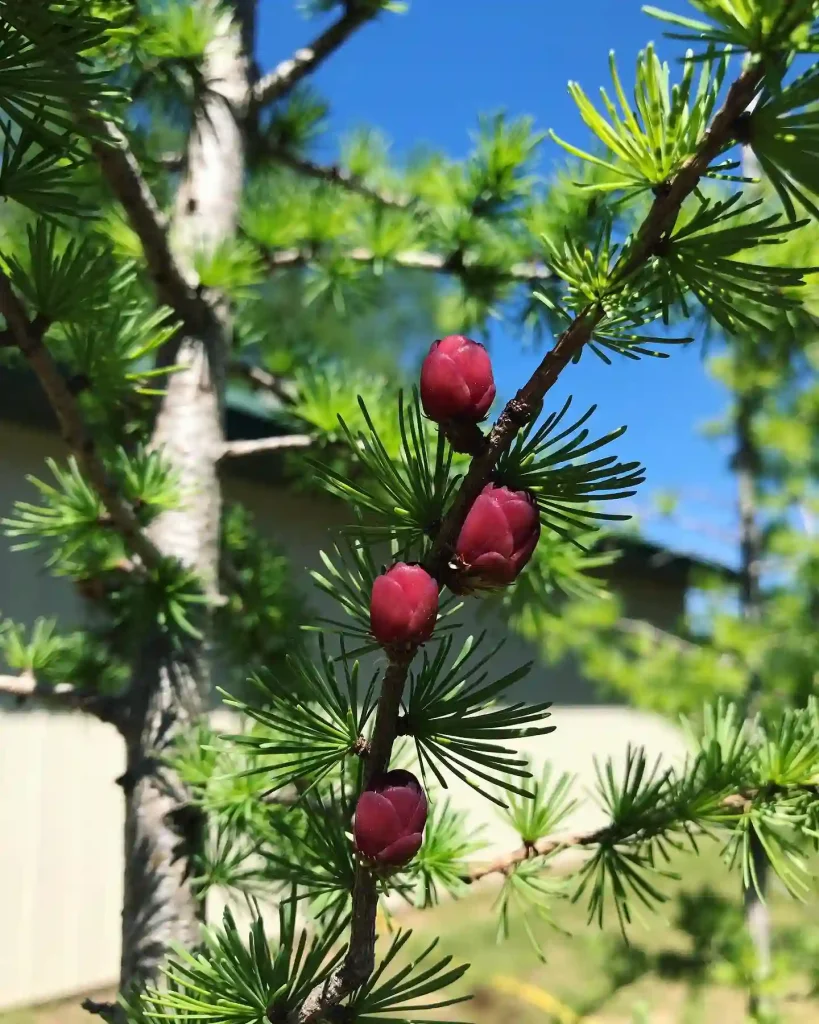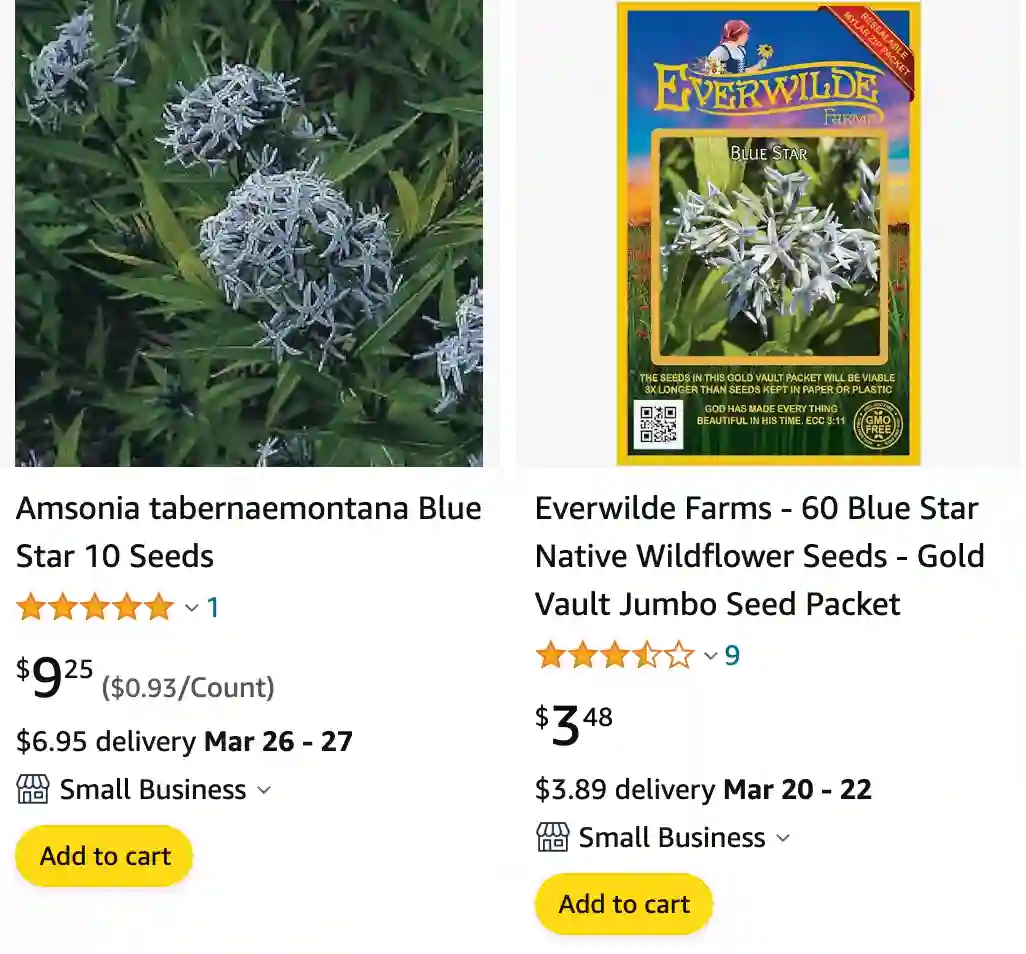
Amsonia Tabernaemontana: A Gardener’s Delight
For years, I’ve been on the lookout for low-maintenance plants that add a touch of elegance to my garden. After all, between work and family, who has the time to constantly fuss over finicky flowers? That’s how I stumbled upon the Amsonia tabernaemontana, also known as the Eastern Bluestar. This North American native has quickly become a favorite, and I’m here to share why you should consider it for your garden as well.
17 Species in Genus Amsonia
What is Amsonia Tabernaemontana?
Amsonia tabernaemontana is a herbaceous perennial that graces your garden with stunning star-shaped blooms in a vibrant shade of blue. These blooms typically appear in late spring or early summer, and they continue to add a pop of color throughout the season. The slender, upright stems are adorned with narrow, willow-like leaves that transform into a beautiful golden yellow come fall. Depending on the variety, Amsonia tabernaemontana can reach heights of 1-3 feet, making it a versatile addition to borders, meadows, or even containers.
Amsonia Tabernaemontana vs Blue Ice
I’ve grown Amsonia Tabernaemontana and Blue Ice side by side, and I found that Amsonia Tabernaemontana had a more robust growth habit with striking clusters of star-shaped blue flowers, which really brightened up my garden. On the other hand, Blue Ice had a slightly more delicate appearance and offered a unique, frosty blue hue that I appreciated for its subtle elegance. Both varieties have their charm, but Amsonia Tabernaemontana won me over with its bold and vibrant blooms.
Planting and Caring for Amsonia Tabernaemontana
The best part about Amsonia tabernaemontana? It’s a breeze to care for! Here’s what you need to know:
When should I plant Amsonia tabernaemontana?
The ideal planting time depends on your climate. In warmer regions with mild winters, you can plant Amsonia tabernaemontana in fall. However, for colder areas with harsh winters, spring planting is recommended. This allows the plant to establish a strong root system before the cold arrives.
Where should I plant Amsonia tabernaemontana?
Amsonia tabernaemontana thrives in full sun to part shade. While it tolerates some shade, it will produce the most flowers in a location with at least 6 hours of direct sunlight daily. When choosing a spot, keep in mind its mature size and ensure there’s enough space for it to spread.
How do I prepare the soil for Amsonia tabernaemontana?
Amsonia tabernaemontana isn’t too particular about soil type, but it does prefer well-drained soil. If your garden bed has heavy clay soil, amending it with some organic matter like compost or composted manure will help improve drainage.
Does Amsonia tabernaemontana need fertilizer?
The beauty of Amsonia tabernaemontana is that it’s a low-maintenance plant that doesn’t require regular fertilization. In fact, overfertilizing can lead to leggy growth and less flower production. If your soil is healthy, you can skip fertilizing altogether. However, if your plants look pale or stunted, a light application of a balanced fertilizer in early spring might be beneficial.
How do I water Amsonia tabernaemontana?
Amsonia tabernaemontana is drought-tolerant once established, but it appreciates consistent watering during its first growing season. After that, you can rely mostly on rainfall. However, during extended dry periods, deep watering occasionally will be necessary, especially if your plants are located in full sun.
How to Propagate Amsonia Tabernaemontana?
There are two main ways to propagate Amsonia tabernaemontana: division and seeds.
Propagation by division:
The best time to divide Amsonia tabernaemontana is in early spring before new growth emerges. Carefully dig up the mature plant and use a sharp knife to divide it into sections, each with healthy roots and shoots. Replant the divisions in your desired location and water them well.
Propagation by seeds:
Amsonia tabernaemontana seeds can be sown directly in the garden in fall or early spring. If you choose to sow seeds indoors, start them off in pots filled with a seed-starting mix about 6-8 weeks before the last frost date in your area. Once the seedlings are established and the danger of frost has passed, they can be transplanted into your garden.
What to Plant with Amsonia Tabernaemontana?
Amsonia tabernaemontana pairs beautifully with a variety of plants. Here are a few ideas:
- Grasses: Ornamental grasses like Calamagrostis or Miscanthus add a textural contrast to the Amsonia’s delicate flowers.
- Daylilies: Daylilies come in a wide range of colors and bloom times, so you can create a long-lasting display of color in your garden.
- Coneflowers: Echinacea purpurea (coneflowers) share a similar bloom time with Amsonia tabernaemontana and add a touch of pink or purple to the color palette.
If i die, water my plants!
